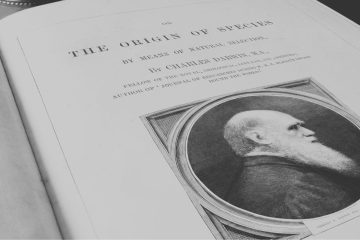What Happened On March 7th?
Communication history would never ever be the same following March 7th of the year, 1876. On this day, the United States Patent Office issued patent number 174,465 to Alexander Graham Bell for his invention, the telephone.
Though it feels like decades and decades ago, Bell’s patent allowed for new opportunities, changing the way we connect with one another. From the 1876 original, to the push-button phone, and to the modern iPhone that almost 1.5 billion people use, who knows what’s in store next?
While Bell is widely credited with the invention of the telephone, the race to develop a method for transmitting speech electrically was a tight one, filled with controversy. Bell, a young Scottish immigrant, was working on his “harmonic telegraph” when he stumbled upon the concept of transmitting sound through electrical variations.
Unbeknownst to him, Elisha Gray, another inventor, was also working on a similar device. Bell, with the help of his lawyer, managed to file his patent application just hours before Gray, securing his place in history. However, the validity of Bell’s claim was challenged for years, with accusations of patent interference and stolen ideas!
However, first phone call, immortalized as “Mr. Watson, come here – I want to see you!” might not have actually happened the way we imagine it. While Bell did transmit speech through his device three days later on March 10th, the clarity of the early telephones was limited.
The first calls were more likely shorter with more technical phrases, so that they could actually test the functionality of the invention. Back then, early telephone etiquette was quite different, and users weren’t accustomed to immediate two-way communication. That being said, establishing a connection often involved a series of cranks, whistles, or bells to signal the other party.
The original telephone wasn’t solely for voice communication. Bell’s vision for the device extended beyond simple conversations. His patent encompassed the transmission of “musical tones of any kind” and even hinted at the possibility of transmitting “signals for telegraphic purposes.”
This foreshadowed the future integration of voice and data transmission that defines modern telecommunication networks. Bell even envisioned the telephone being used for transmitting news reports and stock market updates, hinting at the information age to come.
While Bell’s initial telephone design underwent countless modifications over the years, his patent laid the groundwork for an entire industry. And just two years later, Thomas Edison built on Bell’s foundation, patenting the phonograph, which recorded sound!
The telephone revolutionized communication, shrinking distances and fostering a more connected world. However, the invention also had unexpected consequences. Privacy concerns arose as people realized conversations could be overheard. Businesses saw a rise in prank calls, and etiquette guides were published to accompany this new form of communication.





